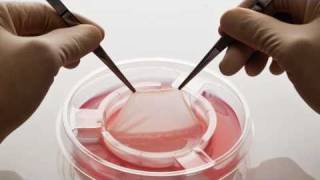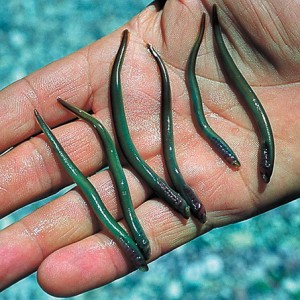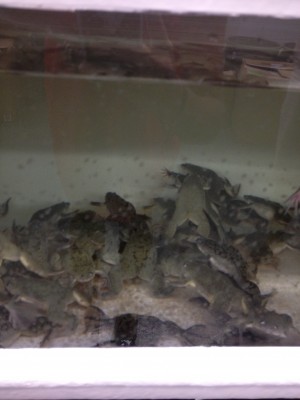
Biosoftworld Medical develops products specifically targeted to technology-savvy medical professionals. The company writes software that performs electronic scheduling, billing, and record keeping tasks. Their products enable today’s doctors to keep more accurate and readily accessible patient files. Biosoftworld Medical has seven products in its portfolio. This blog post describes two of them.
The first, Medical Scheduler, allows doctors to keep the most accurate filings on a patient’s history. It includes a way to take templates created by the user and write full reports using the information specific to the practice. Need to translate your report? No problem, Medical Scheduler comes fully equipped with translational capabilities. What about your current calendar? No need to worry, the calendar within Medical Scheduler supports Apple iCal, Lotus® Notes, Google Calendar, Novell GroupWise®, and Windows Calendar making it even easier to sync and export your calendar to other places. Need to attach files to a patient? Easily done with Medical Scheduler as you can attach nearly every file type to enrich a patient file with pictures, additional records, or anything else you would need. You can access medical records, billing records, and schedules for all doctors within the practice directly from Medical Scheduler. Statements and bills are easily printed off the program without exporting to another source! What about appointment changes? No sweat, appointments can be easily dragged and dropped between time slots and doctors. Care about the ease of your patients? Medical Scheduler allows you to create a waiting list for your patients so they know exactly where they are while in the waiting room. You can also set reminder calls and emails to be made and sent directly through the program for your patients.
Biosoftworld also has comprehensive billing software. Their Medical Office One Family enables you to connect a family in order to bill them all at once. It is HIPPA-compliant, and integrates with QuickBooks. You can access unlimited databases for unlimited providers to bill. Also, the forms are easily printed with the program. But what if you need to send the claims electronically? It’s very easy with Medical Office One Family; clearinghouses can receive the claims sent directly from the program.
Are you a doctor or other medical professional? Check out the software provided by Biosoftworld Medical and let us know @TRA360 what you think!



